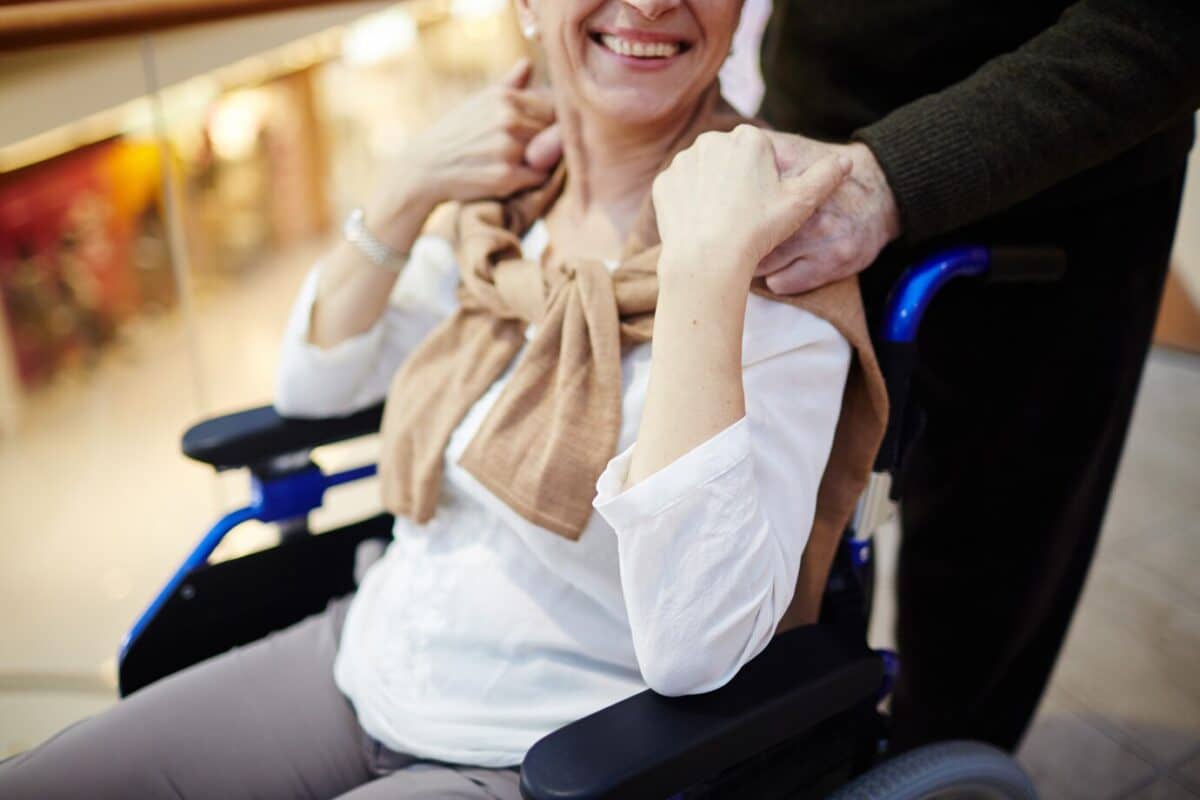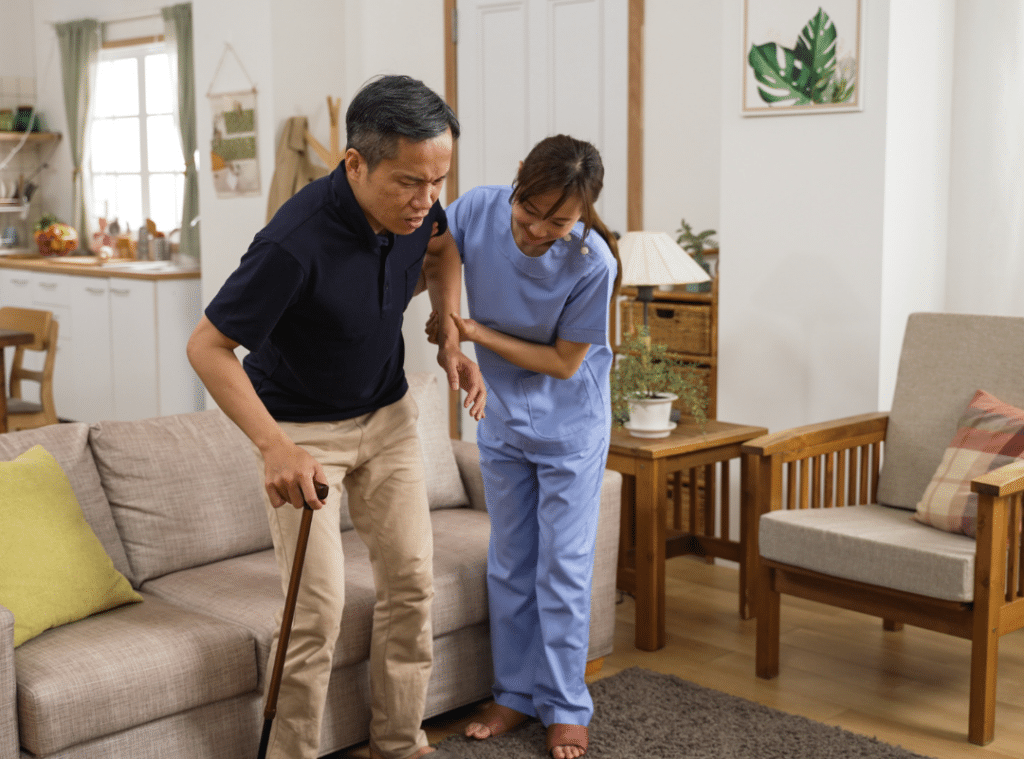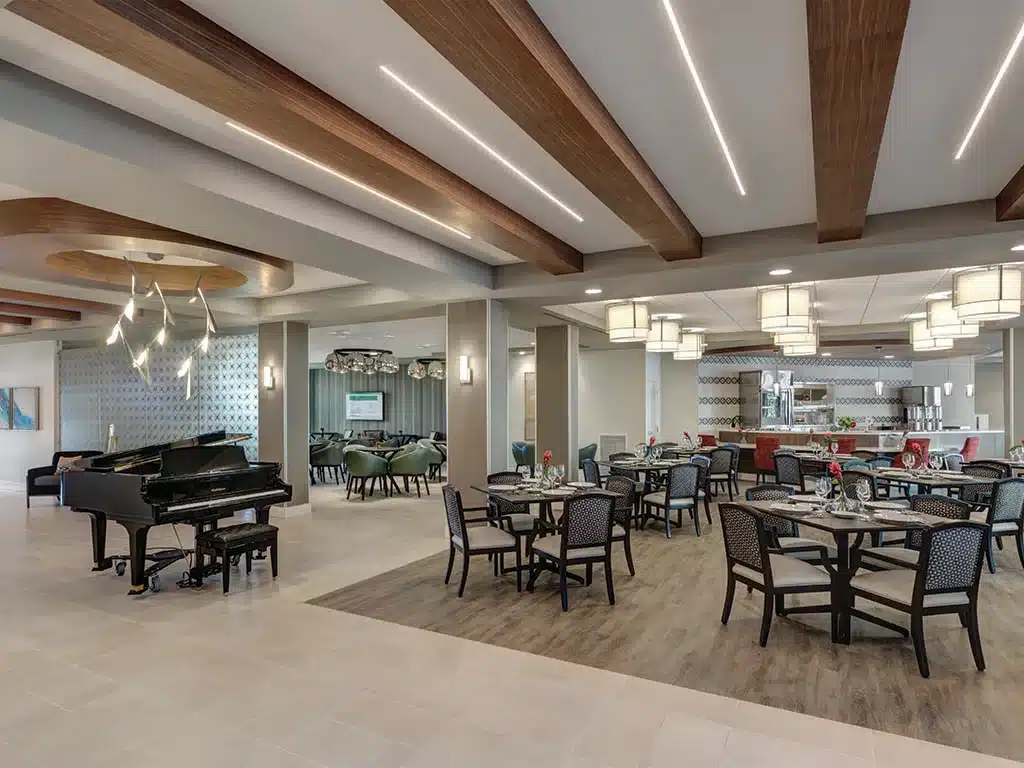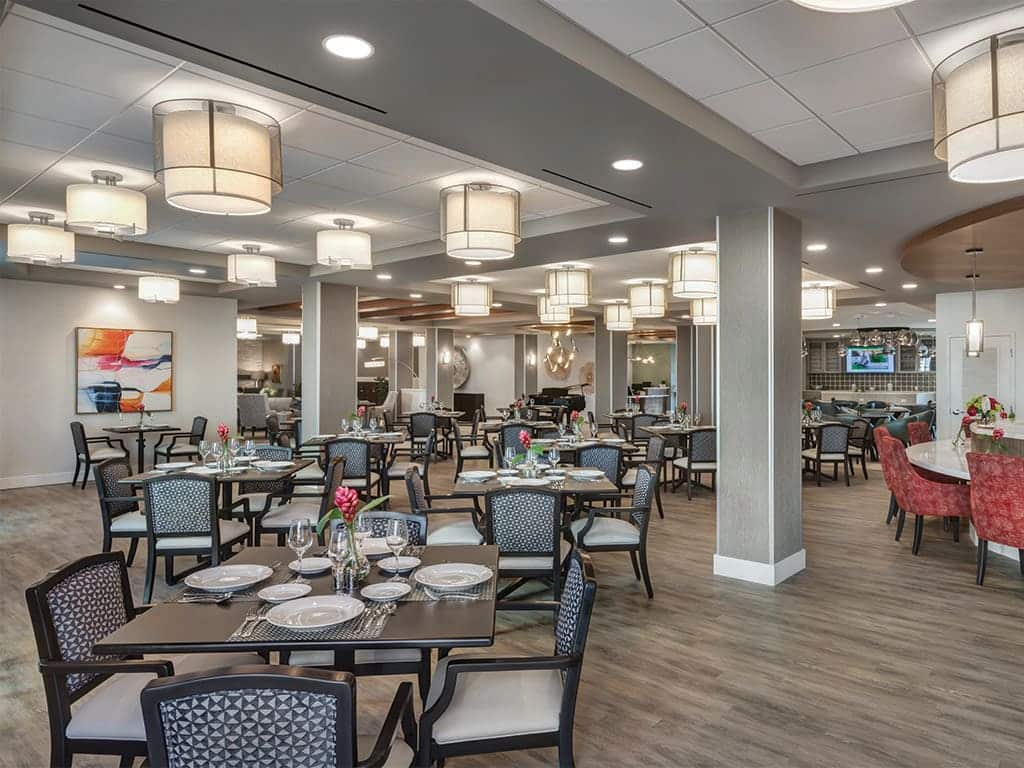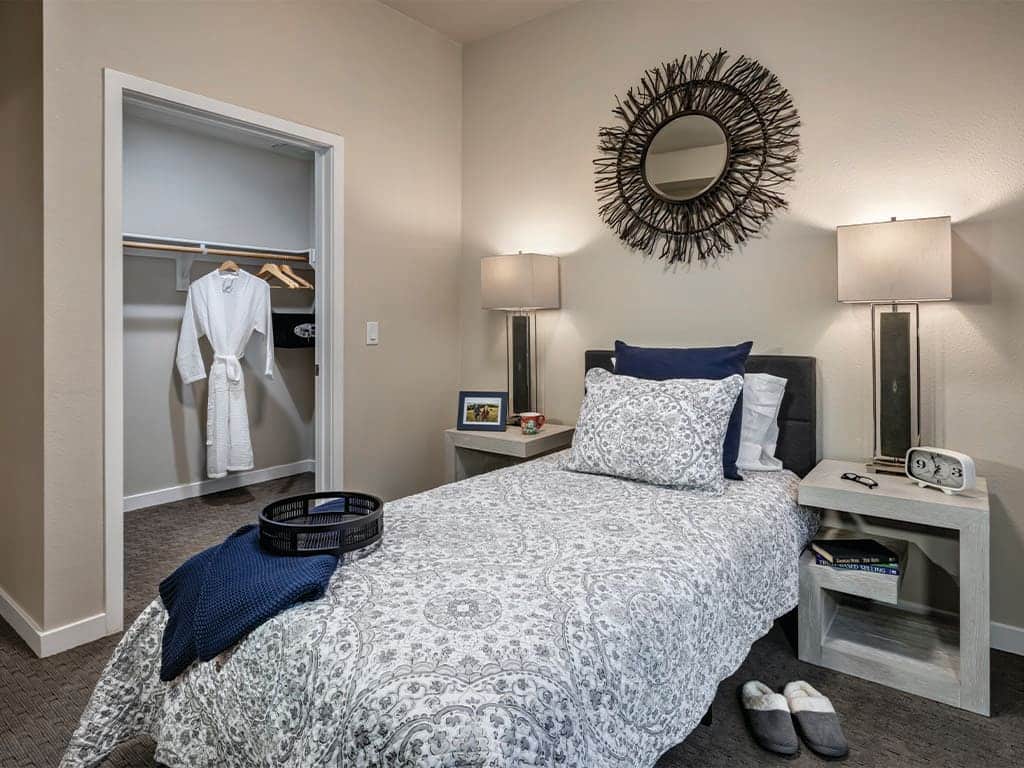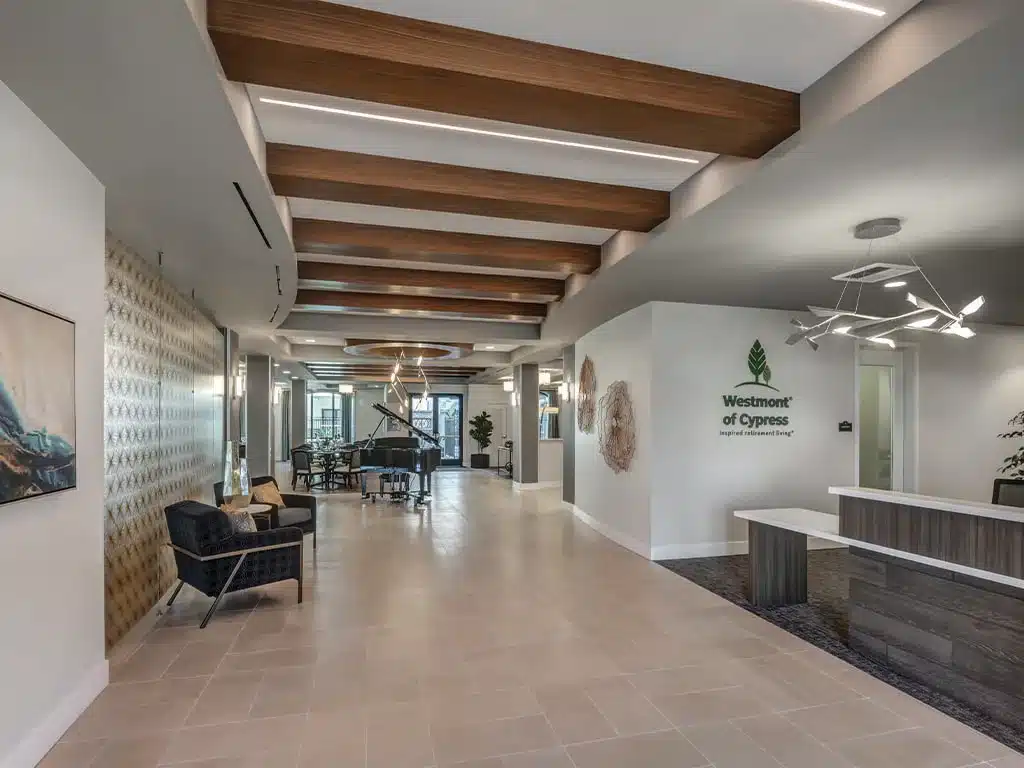Cost of Memory Care: 2025 Costs and What to Expect
Understanding the cost of memory care in 2025 is essential for families planning compassionate and high-quality support for loved ones with Alzheimer’s or dementia. At Westmont of Cypress, these expenses are influenced by various factors, including location, care level, and included services. As demand rises and care standards evolve, staying informed about pricing and support options ensures you’re making the most informed decisions possible.
Families navigating this journey often ask: What services are included, and how does the memory care cost per month compare across different states or to nursing homes? Below, we explore these details, help you understand available financial assistance, and answer key questions that can guide your search.
Overview of Memory Care Costs in 2025
In 2025, memory care costs at Westmont of Cypress range between $4,500 and $12,000 monthly. This broad range reflects differences in geographic location, available services, and facility offerings. Urban locations tend to have higher memory care living expenses due to the elevated cost of living and access to specialized programs.
These price ranges continue a trend seen in recent years: a steady climb in memory care pricing. Specialized cognitive therapies, safety features, and increased staffing requirements all contribute to these higher costs. To help families evaluate options, it’s critical to understand the breakdown of what is and isn’t included. Reviewing this cost breakdown guide can provide additional clarity.
Factors Influencing Memory Care Pricing
Geographic Location Impact
Your geographic location is one of the most impactful factors affecting the cost of memory care. Urban facilities often charge more, with some areas exceeding $11,000 per month, while more rural communities may offer similar services for as low as $4,000. This variance reflects both local economic factors and the availability of services and staffing.
Comparing state-by-state averages is essential when considering relocation or choosing between communities. Understanding these dynamics helps you evaluate how far your budget will stretch and ensures your loved one receives high-quality care. Learn more from this detailed assisted living cost analysis.
Care Level Requirements
Not all memory care residents have the same needs. A resident requiring assistance with bathing, medication management, and cognitive therapy will incur higher memory care costs than someone with milder symptoms. Facilities base their pricing models on the level of care provided.
Individualized assessments help determine care levels, which directly affect cost. Someone with advanced memory loss might require a higher staff-to-resident ratio and secure facilities, adding to the expense. For a detailed explanation, visit tailored care plans.
What’s Included in Memory Care Services
Understanding what’s included in the memory care cost per month is key. Families often find that comprehensive care packages justify the higher costs. Standard services typically include:
- 24/7 supervision and medical monitoring
- Help with activities of daily living (ADLs)
- Therapeutic programs for cognitive stimulation
- Secure environments with advanced safety features
- Nutritious, prepared meals tailored to dietary needs
Many facilities offer individualized personalized care plans, which adapt as residents’ conditions progress. These services distinguish memory care from standard assisted living.

Monthly Memory Care Costs by State
Memory care cost per month varies significantly by state. While the national average may hover around $6,000, actual costs fluctuate widely:
- California: $6,500–$12,000
- Arizona: $4,000–$7,500
- Texas: $4,000–$8,000
Higher-cost states generally offer more extensive care networks, regulatory oversight, and access to specialized healthcare. Knowing the median costs helps families plan strategically and avoid financial surprises.
Comparing Memory Care to Nursing Homes
Families often wonder about the cost of memory care vs nursing home expenses. Nursing homes, which provide medical care and rehabilitation, may cost more, with national averages reaching $10,000–$12,000 monthly.
However, memory care offers a middle ground—specialized for cognitive conditions, but without the full-scale medical services of a nursing home. Memory living care is sometimes more appropriate and cost-effective for dementia patients.
Financial Assistance Options for Memory Care
Government Assistance Programs
Understanding how much does Medicare pay for Alzheimer’s care is vital. Medicare offers limited support, mostly for short-term health services and rehabilitation, but not long-term memory care. Medicaid, however, may help cover memory care costs for eligible individuals.
Other government programs to explore include:
- Veterans Affairs (VA) benefits
- State-specific waiver programs
- PACE (Programs of All-Inclusive Care for the Elderly)
Knowing these options can ease financial pressure significantly. For more details on financial planning, visit the National Institute on Aging or Medicaid.gov.
Insurance Coverage Options
Long-term care insurance is another way to offset the cost of memory care. While policies vary, many include coverage for assistance with ADLs and specialized memory care. Reviewing your plan’s exclusions and limits will help you determine coverage eligibility.
Medicare and Alzheimer’s care can be confusing. While it doesn’t cover room and board for memory care facilities, it may pay for specific prescriptions and outpatient services. Veterans should explore VA Aid and Attendance benefits as well.
Key Questions to Ask Before Choosing a Facility
Before deciding on a memory care provider, families should ask:
- What is the base memory care cost per month?
- Are there tiered pricing levels based on care needs?
- What therapeutic programs are available?
- Is there a secure environment designed for dementia care?
- What assistance options exist if we can’t afford full monthly rates?
Being proactive with these questions ensures transparency and can highlight hidden costs or valuable amenities.
The Growing Demand for Memory Living Care
The need for memory living care is expected to rise sharply as the population ages. As Alzheimer’s diagnoses increase, more families are searching for specialized support. This demand fuels cost growth and encourages better care standards and innovation in therapy programs.
Facilities like Westmont of Cypress stay ahead by integrating personalized care plans and advanced security protocols. They also provide emotional support for families navigating the caregiving journey.
Your Next Step Toward Confident Care Decisions
Choosing the right memory care for a loved one is a profound decision, emotionally and financially. By understanding the cost of memory care, evaluating service inclusions, and exploring financial aid, families can confidently take informed steps.
Whether you’re comparing the cost of memory care vs nursing home, estimating memory care costs in your region, or researching how much does Medicare pay for Alzheimer’s care, Westmont of Cypress is here to help.
For more information or to discuss your options, please call us at 714-252-7144. You can also schedule a tour here to explore our community further.
Frequently Asked Questions
How much does memory therapy cost?
Memory therapy costs can vary widely depending on the type of service and location. On average, individual cognitive therapy sessions may range from $75 to $200 per hour. Some programs offer bundled packages or group therapy, which can lower the cost per session. Insurance coverage may apply in certain cases, particularly if prescribed by a physician.
What is the monthly cost of caring for a patient with dementia?
The monthly cost of dementia care often ranges from $4,000 to $8,000, depending on the level of care required and the setting. In-home care services, adult day programs, and memory care communities all come with different price points. Memory care facilities tend to be on the higher end due to specialized staffing and security. Additional costs may include medication, therapies, and personal care supplies.
Which is more expensive, assisted living or memory care?
Memory care is typically more expensive than standard assisted living. This is due to the specialized training of staff, enhanced security measures, and individualized care plans for residents with cognitive impairments. On average, memory care can cost 20% to 30% more per month than assisted living. However, the additional cost often reflects the higher level of support provided.
Is dementia treatment expensive?
Yes, treating dementia can be costly over time, especially as the disease progresses. Expenses can include medications, medical appointments, cognitive therapies, and full-time care services. While some insurance plans or Medicare may cover parts of the treatment, out-of-pocket costs can still be significant. Planning ahead and exploring financial assistance options is essential for long-term care.




